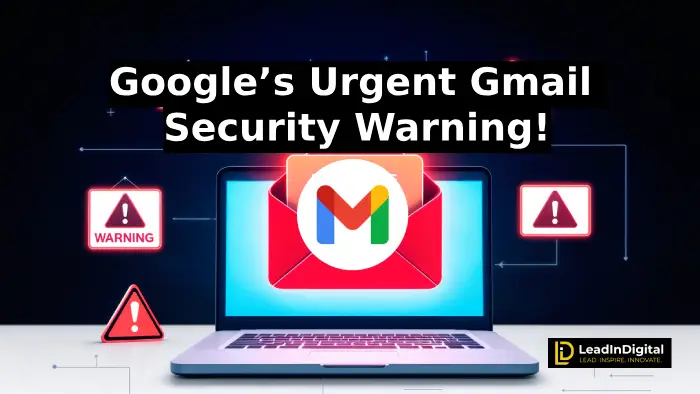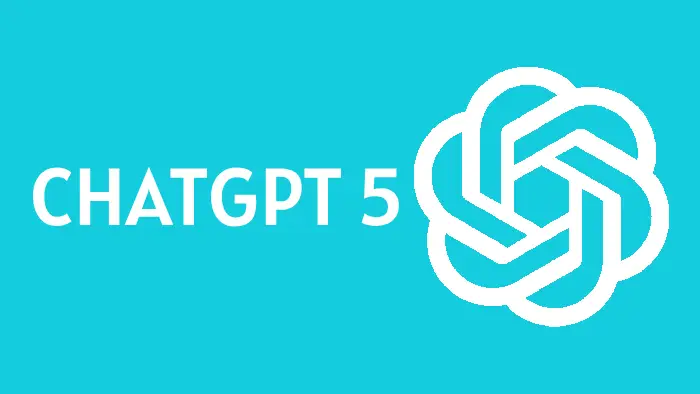
Gmail is the main way people and businesses talk to each other these days, especially in countries with a lot of internet access, like the US, UK, Canada, and Australia. When Google warned people about a huge security threat that would affect more than 2.5 billion accounts in August 2025, everyone paid attention. In this article, you'll learn why this breach is so serious, how hackers are going after regular people, and easy, clear steps you can take right now to make your Gmail and Google account more secure.
What Happened: The 2025 Gmail Data Breach Explained
Google said that the breach did not directly expose users' passwords, but the stolen business data made it easier for highly targeted phishing and social engineering scams to happen. The criminals pretended to be IT staff, sent fake emails that looked real, and even called victims pretending to be Google employees. Their aim? To trick unsuspecting users into sharing login credentials, two-factor authentication codes, or resetting passwords giving hackers the keys to their digital kingdom.
Why Tier 1 Users Are Especially at Risk
Google's security teams observed that users in the US, UK, Canada, and Australia reported a notable increase in phishing attempts, which were frequently passed off as urgent alerts or regular account updates. The hack emphasizes how crucial it is to be mindful of cultural differences, vigilant, and aware of the warning signs of malicious activity.
How Hackers Operate: New Tricks and Old Tactics
- sending emails that look real and use Google's language and branding.
- sending victims to phony sign-in pages intended to obtain their Gmail login information.
- phoning customers, posing as Google support, and asking for verification codes.
- utilizing popular weak passwords and taking advantage of those that use out-of-date login credentials.
- sensitive files and private emails being made public
- Unauthorized entry into online shopping accounts or financial systems
- Fraud, identity theft, and damage to one's reputation
- loss of private images or important business correspondence
Google’s Response: Safeguarding Users
- Change Gmail passwords immediately, especially if they were last updated before August 2025.
- Enable two-step verification (2SV) which requires an additional authentication code for every login, making brute-force and phishing attacks nearly impossible.
- Be cautious of emails or calls requesting login changes, and verify all account activity.
- Visit Google’s official support page to review recent logins and secure compromised accounts.
How to Safeguard Your Gmail Immediately: A Comprehensive Guide
Change your password:
Select a complicated, one-of-a-kind password that isn't used on any other website.
Combine special characters, numbers, capitals, and lowercase letters.
Steer clear of names, birthdays, and simple patterns.
Turn on two-Step Verification (2SV):
Go to "Security" after logging into your Google account.
Turn on 2SV and enter your backup codes or preferences.
For extra security, think about utilizing Google's "Passkey" feature or a trustworthy authentication app.
Verity Account Activity:
To identify any questionable logins, go to Gmail's "Last account activity."
If something seems off, log out of all sessions and reset your password.
Be Wary of Scams:
Avoid downloading dubious attachments or clicking on unsolicited links.
Even if the email appears "official," always verify the sender addresses and message content.
Safeguard Connected Services:
Change the security and passwords for all services (banking, social media, and business platforms) that are linked to your Gmail account.
What Tier 1 Readers Should Do Differently
In Tier 1 nations, cybersecurity is more about prevention than response. For readers in the US, UK, Australia, Canada, Germany, and other comparable nations, here are extra steps:
If you use Gmail and Google Workspace for business, turn on advanced threat protection.
Use expert password managers to steer clear of weak or repetitive logins.
Think about business-grade options such as Google Advanced Protection Program for executives, journalists, and VIPs.
Follow Google's official cybersecurity bulletins to stay informed.
The Big Picture: Everyone Has a Role to Play in Digital Security
This incident serves as a reminder that cybercriminals are always changing, not just a wake-up call. They get around even the most sophisticated security by using social engineering, devious language, and personal information. Users can prevent falling for scams, no matter how convincing they seem, by developing the habit of protecting their accounts.
Ordinary actions are the first step towards digital safety. Customers and companies in Tier 1 regions can take charge of their online security and contribute to the creation of a safer global digital community by changing their passwords, turning on 2FA, and exercising caution.




